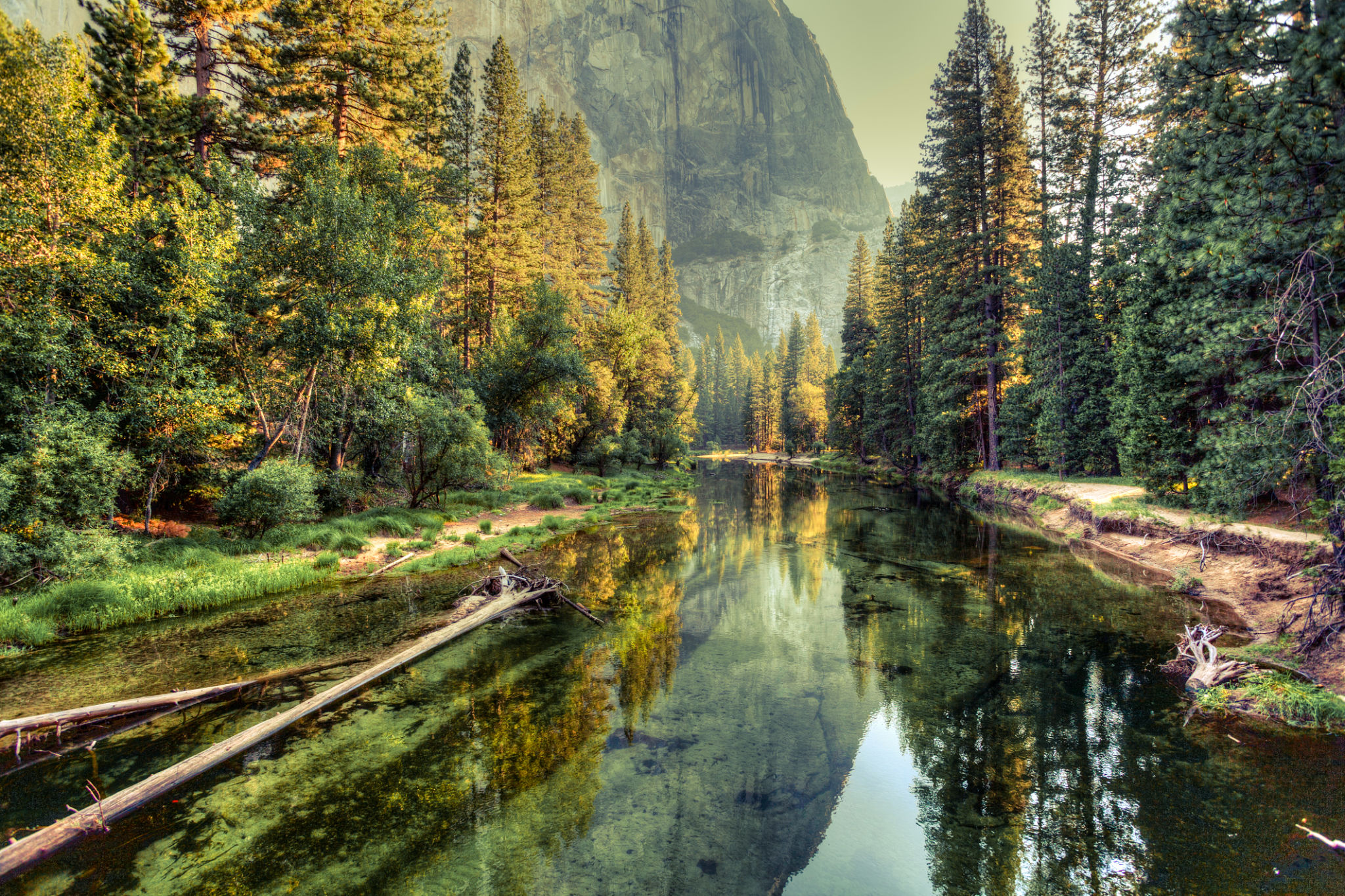Preparing for Seasonal Drone Projects in California: What You Need to Know
Understanding Seasonal Drone Projects in California
California, with its diverse landscapes and climates, provides an excellent opportunity for various drone projects throughout the year. Whether you're involved in agriculture, real estate, or environmental monitoring, adapting your drone operations to the seasonal changes is crucial. This guide will help you prepare effectively for seasonal drone projects in the Golden State.

Weather Considerations
The weather in California can vary drastically from one region to another, impacting drone operations significantly. For instance, coastal areas may experience fog and strong winds, while inland regions can face extreme heat. It's important to monitor weather forecasts and plan your drone flights accordingly to ensure safety and optimal performance.
During the winter months, especially in Northern California, rain is more frequent, which can affect visibility and flight stability. In contrast, summer often brings clear skies but also increased fire risks due to dry conditions. Understanding these patterns allows you to anticipate and mitigate potential challenges.
Regulatory Compliance
California has specific regulations regarding drone usage, especially when it comes to privacy and safety. Before embarking on any project, ensure that you are compliant with both federal and state regulations. This includes registering your drone with the FAA and adhering to any local ordinances that might apply.
It's also essential to stay updated with any changes in regulations. For instance, certain areas might have temporary flight restrictions due to events or environmental concerns. Keeping abreast of these changes ensures that your operations remain legal and safe.

Seasonal Opportunities
Each season in California offers unique opportunities for drone projects. In spring, agricultural drones can assist in crop monitoring and pest control as plants begin to bloom. Summer is ideal for real estate photography, capturing properties in the best light and showcasing outdoor features.
- Fall: Great for vineyard monitoring as grapes are harvested.
- Winter: Useful for coastal erosion studies and infrastructure inspection post-rainfall.
Equipment Preparation
Preparing your equipment for seasonal changes is crucial. Ensure that your drones are well-maintained, with batteries fully charged and firmware updated. For colder months, consider additional battery packs as cold temperatures can reduce battery life.
In hotter climates, invest in sunshades for your controller screens to maintain visibility in bright conditions. Also, ensure that you have the necessary accessories like propeller guards if you're filming in windy areas.

Training and Skill Development
Seasonal projects might require specific skills or certifications. For example, agricultural projects may benefit from understanding multispectral imaging, while real estate projects might require advanced photography techniques. Investing in training and skill development can greatly enhance the quality of your work.
Consider enrolling in workshops or online courses tailored to your project's focus area. Continuous learning not only improves your technical abilities but also keeps you informed about the latest industry trends and technologies.
Conclusion
Preparing for seasonal drone projects in California involves careful planning and adaptation to the ever-changing environment. By considering weather patterns, regulatory compliance, equipment readiness, and skill development, you can ensure successful and efficient operations year-round. Embrace the unique opportunities that each season presents and elevate your drone projects to new heights.
